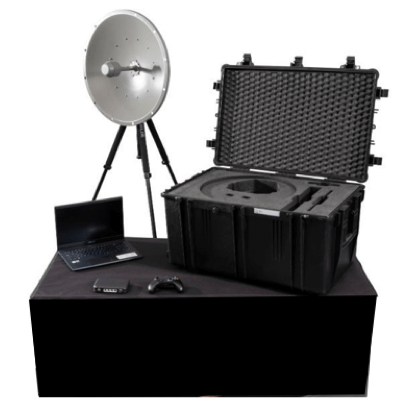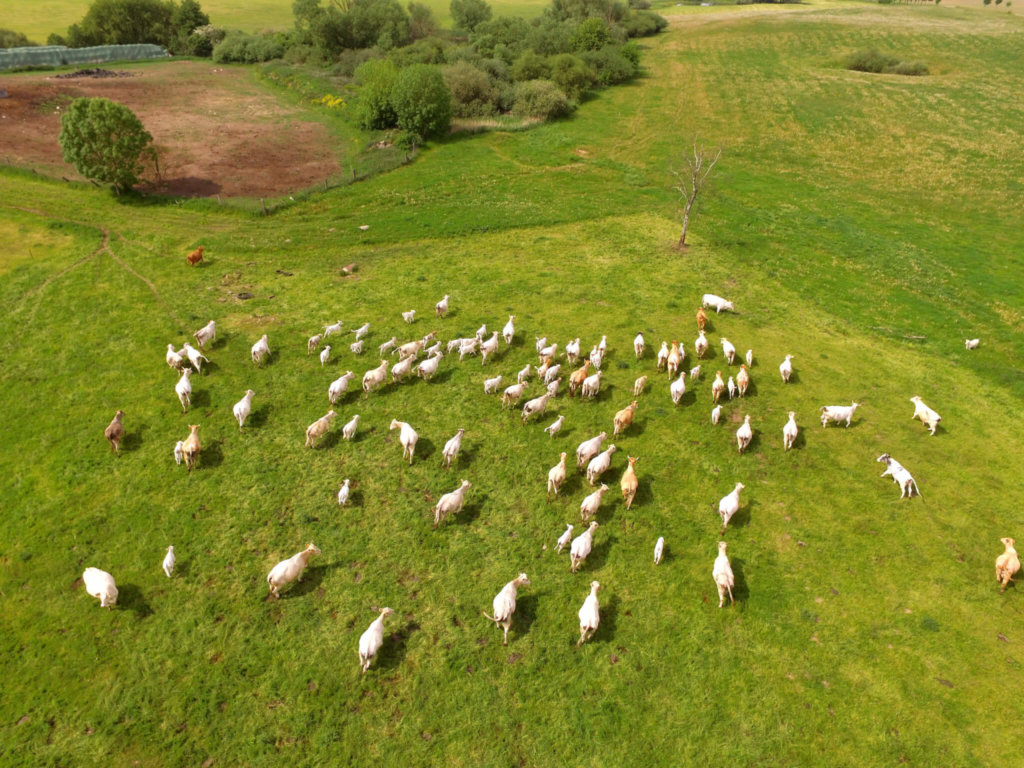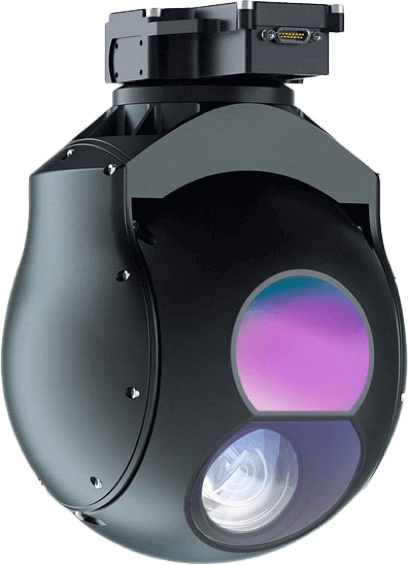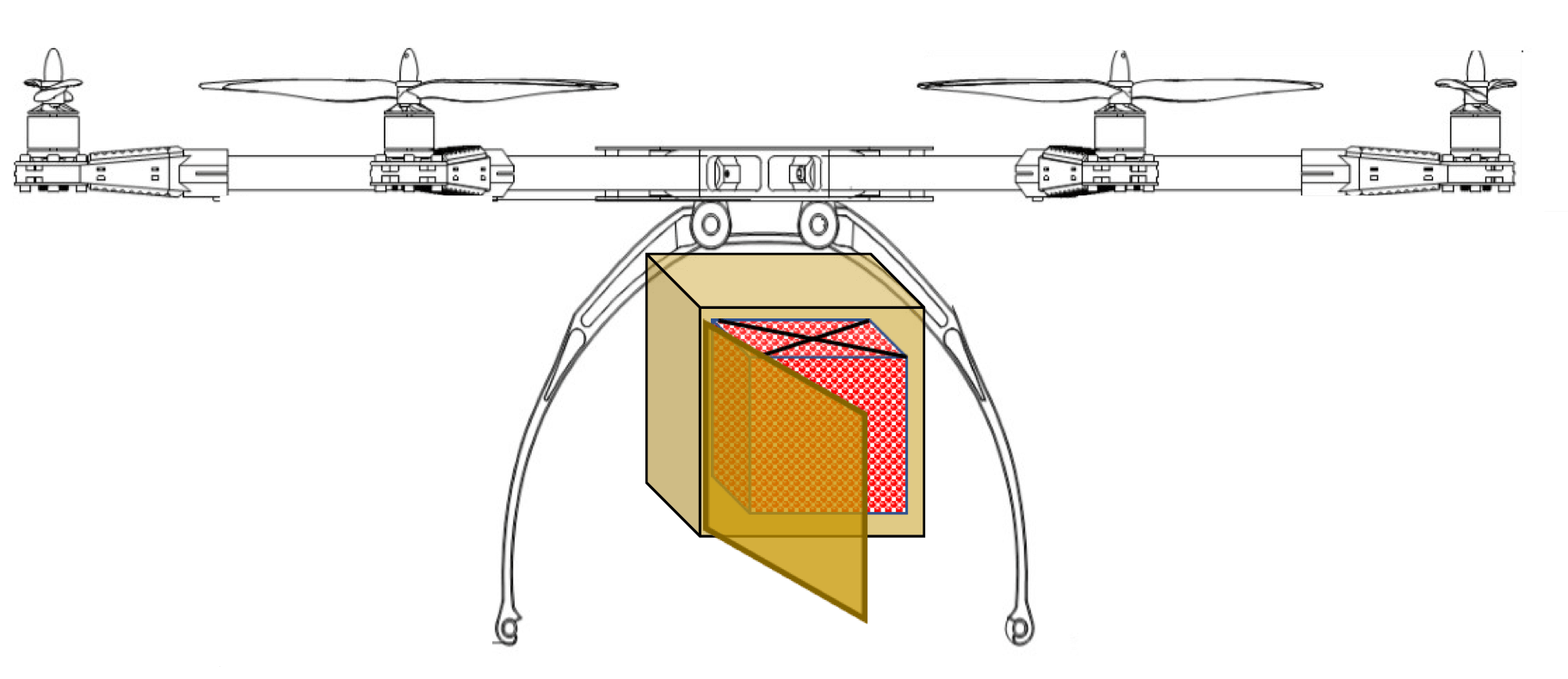Commercial vs Consumer Drones – It is widely expected that the former will overtake Consumer/Prosumer grade drones in the foreseeable future.
Oppenheimer Advisory Note (2016) distinguishes between 3 tiers of drones namely: Leisure, Prosumer and Commercial. There are obvious differences in price range and number of units sold, but the main differences relate to the nature and functionality of sensors (cameras) and sensor management (gimbals and integration).
DJI have led in the Prosumer market with its Phantom Pro range and is approaching the Commercial market with its Matrice range as it anticipates the growth of the Commercial market.
But how does one distinguish between drones meant on the one hand for consumers or hobbyists and on the other hand forcommercial or research applications?

Commercial vs Consumer drones – which considerations?
LAWS AND LICENCES
- One major difference between commercial drones and consumer drones is the question of commercial drone laws and commercial drone licences which is a lot less for consumer drones.
DURABILITY
- The first difference between commercial drones and hobbyist drones is the durability of the product—commercial drones, like other pieces of commercial equipment, are designed to do work day in and day out, and they have a much more robust construction than drones meant for occasional use.
SUPPORT
- Does your supplier offer ongoing support and maintenance? This is probable with commercial drone manufacturers, who will provide support with customization, ongoing maintenance and repairs, unlike the case with consumer-grade drones.
COST
- Price is often the most visible difference but with prosumer drones nipping at the heels of the commercial drone market, you will find some prosumer drones having elevated prices due to an excess of built-in consumer features.
- At the same time the higher price for commercial drones because of the industrial nature of its construction is also coming down as technologies mature.
- There often is a big difference in price, but price is not the best indicator though.
SENSOR INTEGRATION
- When accuracy and precision in maps or readings are essential, hobbyist drones are not the ideal choice.
- Many hobbyist drones allow for some level of camera integration, but the cameras are generally not tightly integrated and don’t capture the exact location where the picture was taken, which makes these drones a poor choice for creating accurate maps or taking precise readings for research purposes.
- Make sure that you get the right level of camera integration for your operational needs.
SENSOR CONTROL
- Another crucial aspect is sensor control. Most consumer drones do not control the points at which images are taken; photographs are taken at ad hoc moments. This results in sub-optimal photographs creating more unnecessary data and time-consuming post-processing. This lack of detail could also result in a failed mapping mission.
FLEXIBILITY
- Hobbyist drones are designed for general entertainment purposes, and would likely require extensive customization to be used for a commercial or research purpose for which the drone was not designed in the first place.
- Commercial drones, on the other hand, focus on flexibility and can easily be customized to particular uses, so that operators and researchers can apply the drone to a wide range of needs.
FEATURE LIST
- If the list of features is orientated towards ease of use it is more likely intended for the leisure or hobbyist markets, if it is oriented towards more industrial use it is more likely intended for commercial purposes.
Drones can make a huge difference to the bottom line and corporations assess the cost of commercial drones in terms of the difference it can make financially. It then becomes a question of not, of how much do drones cost but, can the corporation afford NOT to consider investing in the incorporation of industrial grade drones into their business processes.










